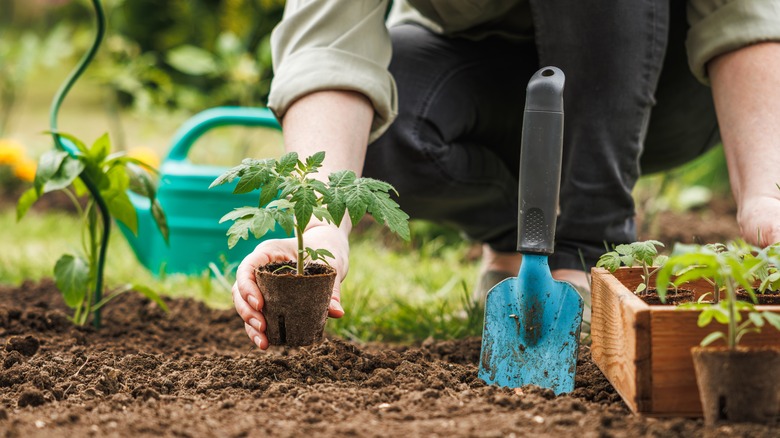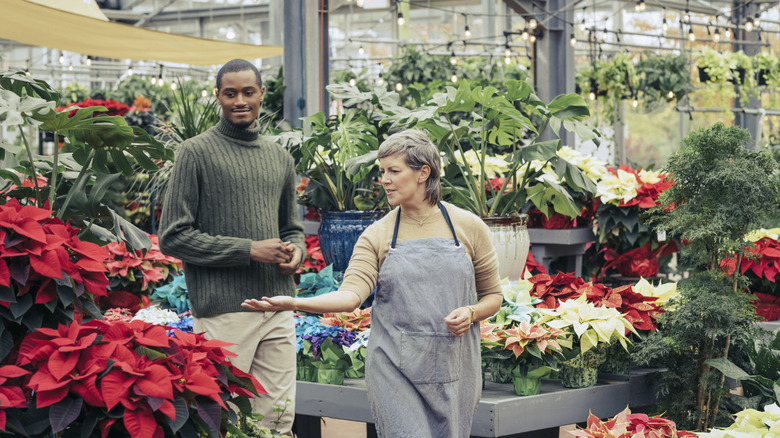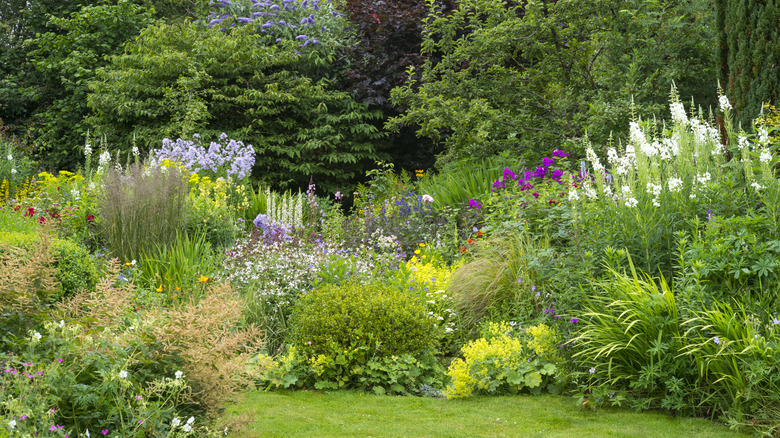How To Determine What Plant Hardiness Zone You Live In And What It Means
When planning your garden, knowing your plant hardiness zone is crucial for selecting plants that will thrive in your climate. In fact, not knowing your hardiness zone is a mistake that beginner gardeners make way too often. Plant hardiness zones, as defined by the USDA Plant Hardiness Zone Map, are geographical areas defined by the lowest temperatures they experience in a typical year. This map is a valuable tool for beginning and advanced gardeners, providing insights into the range of temperatures various plants can endure.
The USDA Plant Hardiness Zone Map divides North America into zones ranging from 1 (coldest) to 13 (warmest). Each zone represents a 10-degree Fahrenheit range, indicating the minimum temperature a plant can withstand in that area. However, hardiness zones also consider factors like average annual temperatures and local climate conditions, giving a more comprehensive picture of your growing environment.
By knowing your plant hardiness zone, you can make informed decisions about which plants will be best suited to your garden's climate. Here's a step-by-step guide on how to determine your plant hardiness zone and what it means for your gardening endeavors.
Different ways to find your hardiness zone
To find your location's hardiness zone, start by visiting the USDA Plant Hardiness Zone Map online. This interactive tool allows you to enter your exact location — whether by city, ZIP code, or address — to pinpoint your specific zone. This eliminates the need for manual searching, making it easy to obtain precise information about your area. While the core zones remain generally stable, they can be updated periodically based on long-term climate data and shifts in weather patterns.
Alternatively, many gardening websites and local nurseries offer hardiness zone calculators. Enter your ZIP code or city to determine your zone and these calculators can quickly determine your zone based on the latest climate data.
In addition, your local garden center, extension office, or county agricultural office can provide information on your area's hardiness zone. These local resources often have detailed knowledge of microclimates and specific climate conditions in your region, offering insights that may not be fully captured by online tools. Consulting these experts can help you better understand how local variations might affect plant selection and care.
Interpreting and applying information about your hardiness zone
Once you know your plant hardiness zone, use it to guide your plant selection. Most plants you buy should be labeled, but you can also consult the internet or expert for a list of appropriate plants. Choose plants that are rated for that zone or lower to ensure they can survive the minimum temperatures of your area. For instance, if you are in Zone 6, plants rated for Zones 4 to 6 will be suitable. However, it's a good practice to opt for plants rated for your exact zone to provide a buffer against unexpected weather extremes.
Moreover, consider microclimates within your garden. Factors such as elevation, proximity to buildings, or bodies of water can create localized variations in temperature and humidity, which greatly impact plant survival. For example, areas near walls may experience reflected heat, while shaded spots may be cooler. Though these may seem like small fluctuations, they can have a substantial effect on how well plants adapt and thrive in specific areas of your garden.
It's also important to stay informed about changes in climate patterns and updates to hardiness zone maps. As climate conditions evolve, hardiness zones may shift, affecting plant selections. Plant hardiness zones reflect minimum temperatures but do not account for seasonal variations like summer heat and humidity. Therefore, try and choose plants that can handle a range of conditions in your area. Experimenting with different varieties and observing their response to your specific garden will help you find the best fits for your garden.


